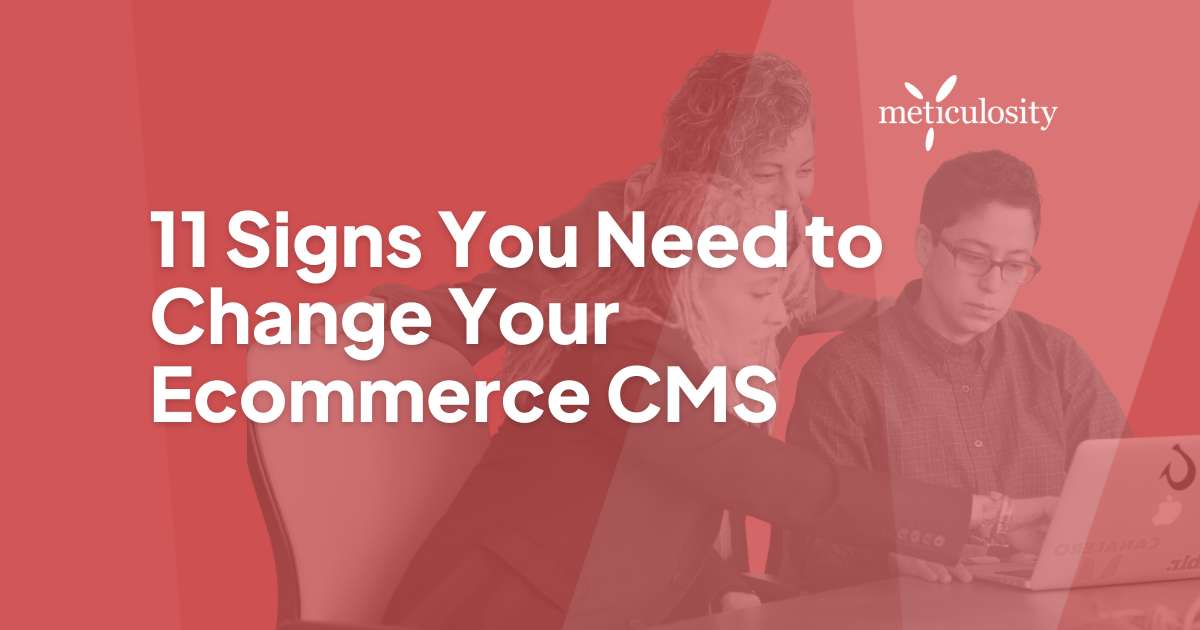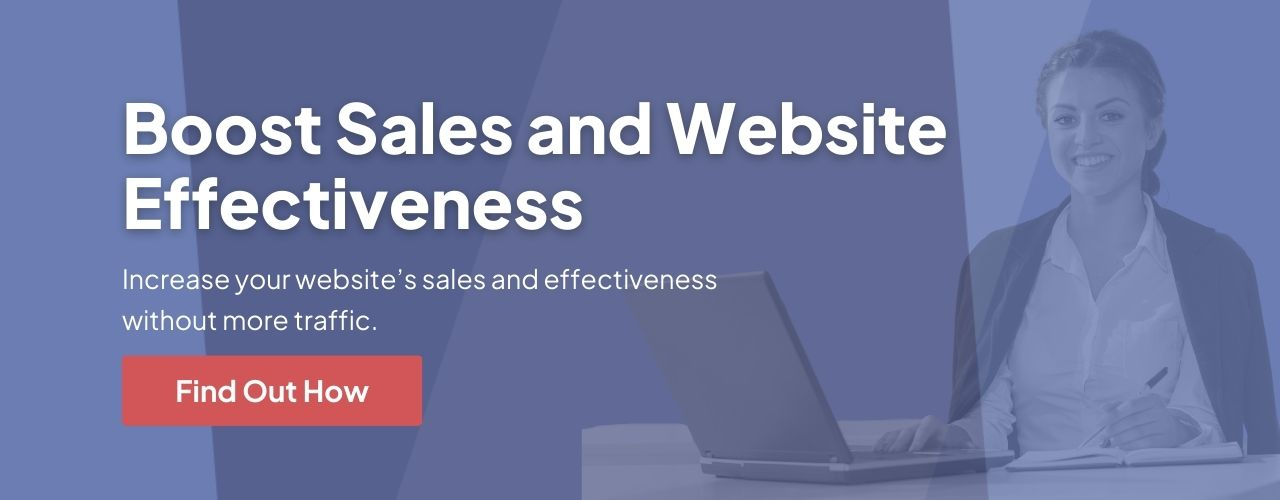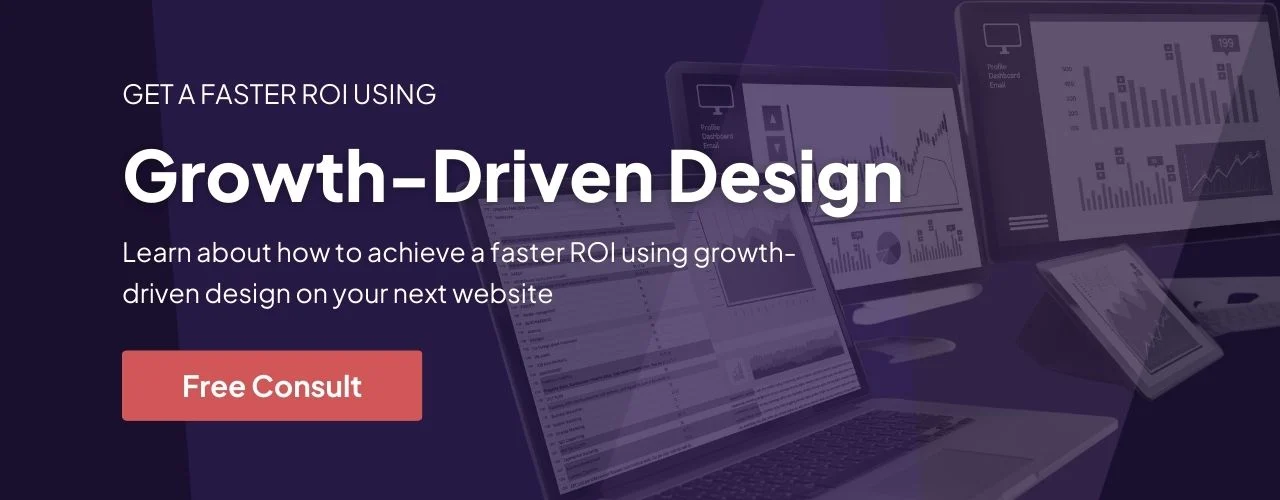Changing your CMS can be scary. It doesn’t matter if you’re a small site with static pages or a large site with several dynamic databases, there are SO many things that can go wrong when you switch your CMS. But, sometimes the risk is worth the reward. Here are 11 Signs You Need to Change Your Ecommerce CMS.
- Your Site is S-L-O-W. Slow sites aren’t only getting a ranking hit from Google, they are SO FRUSTRATING for your visitors. It doesn’t matter at all if you rank well, if your site is slow, people are not going to stick around. And during checkout? A slow loading page that has just taken your credit card info can cause some serious second thoughts.
- Crappy Mobile Experience. More and more people are searching and researching on their mobile phones before they buy. Even if mobile isn’t converting for you (yet) mobile searches influence consumers when they’re on mobile.
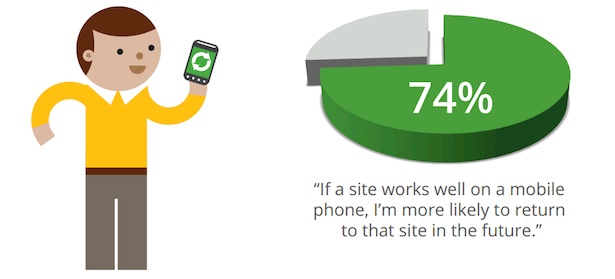
- People Don’t Stay on Your Site. Low pageviews per visitor (less than 2), high bounce rates (over 35%), etc. People aren’t finding what they are looking for, or you’re not offering what they are looking for, or there is something else that is putting them off. Many times, this can be an indicator of a UX issue that is tied into your ecommerce CMS.
- You Got Lots of Phone Calls. Phone calls are great if you're offering services, but if you're an ecommerce site the goal is (generally) to have people buy their products online. Why are they calling? Are there issues adding products to cart? Completing orders? Are your product descriptions/uses unclear? If these call are due to website functionality or gaps in order processing, you might need a new CMS.
- Things aren’t working like they used to. Perhaps some technology changed, or a plugin that used to work is no longer supported. Maybe it’s that you did a development update – or did not do one – that caused something else to break.
- You don’t know the exact value of your customer. If you did, you’d have run the numbers and you would have invested in your site already to increase that conversion rate.
- This: domain.com/ ref=gbph_img_m-3_7102_ae828b9f?smid=ATVPDKIKX0DER&pf_rd_p=2544307102&pf_rd_s=merchandised-search-3&pf_rd_t=101&pf_rd_i=11448061011&pf_rd_m=ATVPDKIKX0DER&pf_rd_r=B78G0QWNNST9T6YYQZGP If your URLs look like this, it might be time for a CMS reassessment.
- No social integration. You have cool items, let people who are interested in them share those items with their friends.
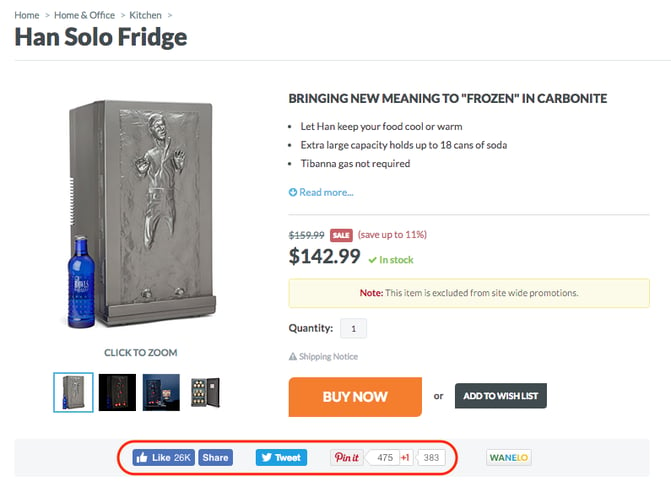
- No blog / content pages. Your products are great but people aren't going to come back regularly to browse through your catalog. Adding a blog to the site to showcase new products, trends, and to get more involved in social media can be very helpful for ecommerce sites. If your site doesn't support blog functionality, it's time for a new ecommerce/blog CMS and create an ecommerce inbound marketing strategy.
- No Product data feed. Your data feed is essential for shopping sites, and shopping sites are where it's at for ecommerce. If you don't have a relatively painless export process, it might be time to move to an ecommerce CMS that has one.
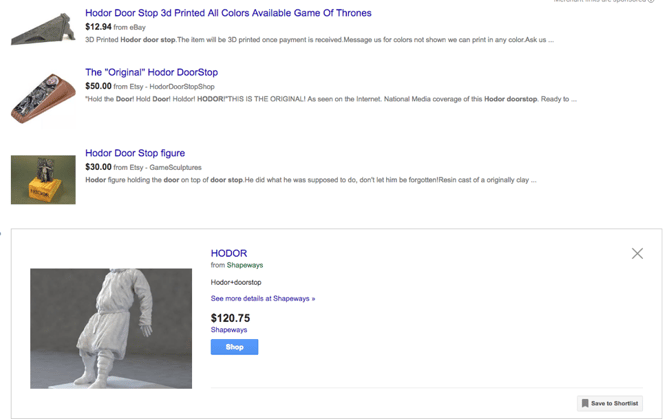
- You are afraid to hit the “update” button. You know, the one to move your CMS to the most recent release. The one that may have crippled your site last time? If you have a bit of anxiety, you need a new CMS. Or at least a development team to make sure your updates are handled appropriately.
There are SO many reasons you might need a new CMS (drop a comment with some of the ones I missed!) and if you're afraid to make the switch, you're not alone. The key to a successful launch, and a successful ecommerce website, is to ensure you have flexibility to grow and change with a shifting market and with shifting technology.
One of the best ways to keep on top of industry changes is with Growth Driven Design. GDD is basically launching a website quickly and then making little changes as you go, instead of taking months to create the 'perfect' website and then not touching it again for a few years. With the constantly changing ecommerce landscape, GDD is the design approach of the future.
